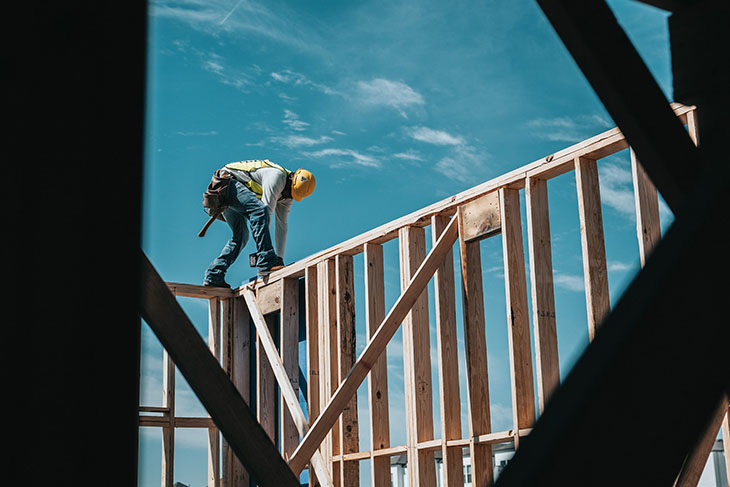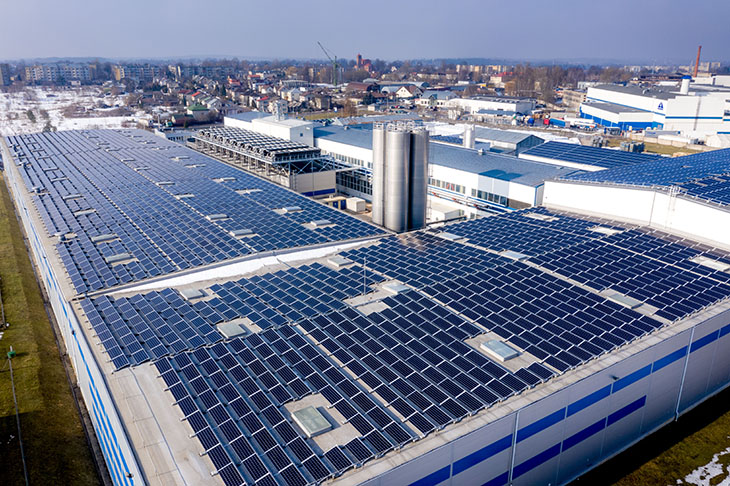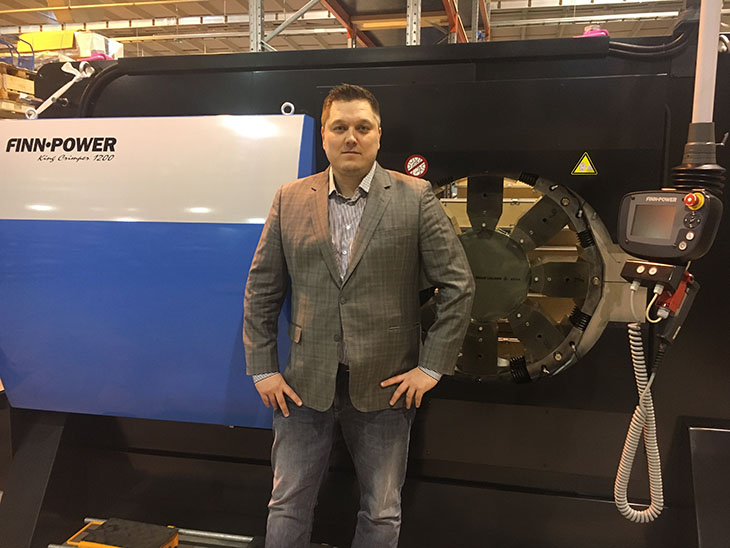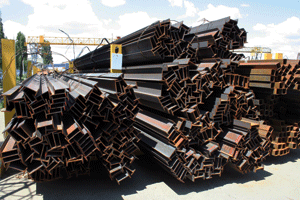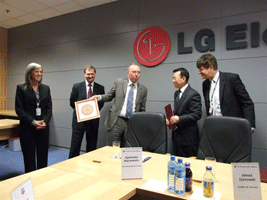Succeeding with smart building construction requires numerous factors. Smart buildings are relatively new, but they’re becoming more popular. Knowing what components a project needs can increase the likelihood of the efforts paying off and occurring with fewer issues overall. Here’s a closer look at four necessities that will make a smart building a high-quality structure with years of enjoyable use.
1. Integration Potential
One common misconception is a building only needs Internet of Things (IoT) devices to become “smart.” The reality is it’s a carefully orchestrated structure offering the potential for various parts of the building to work together.
Some smart buildings could have more than a dozen disparate systems that must communicate over a single management platform. Thus, one of the earliest steps of smart building construction involves verifying whether everything will work together as expected. Figuring that out often requires speaking with professionals with extensive experience in smart building technologies.
They can often provide the tips necessary to avoid pitfalls and slowdowns later in the process. When determining the best ways to get a smart building fully integrated, people should also consider whether its components will gather analytical data for further improvements.
2. Sustainability
Leaders worldwide are thinking about and establishing sustainability-related goals to curb climate change. Buildings comprise a substantial percentage of carbon emissions, making them a worthy target for improvement.
Statistics suggest people will need to retrofit at least 90% of existing buildings to reduce emissions as much as possible. That said, smart building construction should ideally prioritize sustainability from the start. Then, there’s a better chance of the resultant structure being eco-friendly for the foreseeable future and not requiring any significant updates.
A sustainable building may also have eco-engineering elements, meaning the structure blends ecology and engineering. The result is buildings that work with the environment rather than potentially harming it. The idea is to minimize the current and future adverse impacts of the building on the planet.
3. Connectivity
Every structure has unique connectivity requirements. Those vary based on things like the kind of work that happens there, how many people need to get connected and the building’s size. For example, switching to Bluetooth-enabled and mobile-friendly card readers for identification purposes is an updated solution compared to plastic keycards.
However, those involved in smart building construction know several core types of connectivity bring the kinds of functionality people need and want. Installing a next-generation wired broadband system in the building can support the control of everything from elevators to HVAC systems.
Conversely, wireless infrastructure based on up-to-date technologies like Wi-Fi 6 allows people to enjoy connectivity throughout the building. It also enables technologies such as augmented reality and virtual reality.
Finally, the people involved in smart building construction must install a low-power IoT network. Low-power wide-area networks are popular choices in highly connected buildings because they offer excellent energy efficiency and range.
4. Digital Documentation
The previous three points are all things that will make a smart building high-quality by ensuring it’s functional. However, people won’t be able to work together without having an effective system for sharing ideas, plans and progress. Cloud computing provides it.
It promotes a single source of truth, enabling people to see the information they need with a few taps or clicks. Many cloud-based project management tools also track real-time changes and show who made certain decisions or accomplished tasks. That information improves accountability and provides people with the names of individuals they can ask for further details about what happened.
Having a digital record of a smart building construction project is also helpful because it allows stakeholders such as clients and city officials to keep track of what’s going on with the work. The ability to see digital versions of photos, drawings, receipts and other essential documents helps give an overview of vital information. Then, that content can help support decision-making and ensure everyone stays on the same page.
Digital documentation is also instrumental in helping people — such as facilities managers — who will be involved in the direct daily oversight of the building. When those professionals want to know the materials or products used during construction, a searchable, cloud-based database could provide that information in minutes or less.
Smart Building Construction Will Become Even More Prominent
Many decision-makers are gradually realizing smart buildings are ideal when creating future-proof and future-ready structures for various uses. The features of smart buildings vary, but the four components detailed here are arguably essential for getting the best outcomes with any relevant project.
As smart buildings become more frequently seen in modern landscapes, trends will become apparent that help people decide which materials, product brands and other specifics to use. Additionally, more companies will enter the smart buildings industry as it becomes increasingly profitable.
Then, people will have even more opportunities to use the latest technologies and see what works best for their needs. Eventually, smart buildings may become just as diverse as conventional and non-connected ones.









